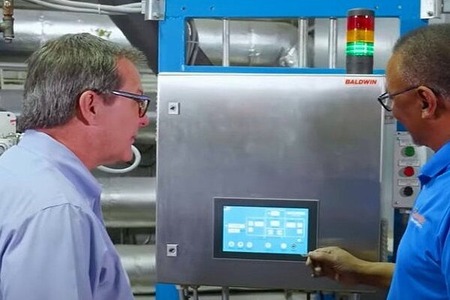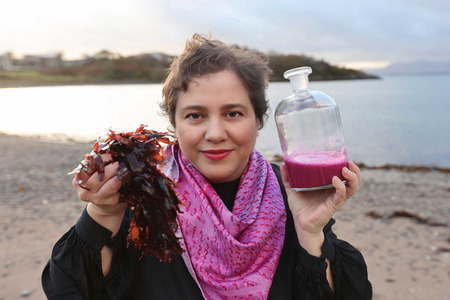
Fashion for Good’s report highlights textile recycling opportunity
YarnsandFibers News Bureau 2022-10-04 05:49:29 – SwedenAfter completing its Sorting for Circularity Europe project, Fashion for Good and Circle Economy published a report outlining the results of the 16-month analysis.
It shows that there are 494,000 tons, or 74%, of low-value post-consumer textiles readily available for fiber-to-fiber recycling in six European nations. Reintroducing sorted and recycled textiles back into the value chain have the potential to bring an extra €74 million in value per year.
Fashion for Good MD, Katrin Ley, said that as fiber-to-fiber textile recycling pledges and policies, as well as the volume of textile waste collected, increase, the infrastructure required to enable the move towards circular systems requires significant investment to scale. A deeper understanding of the peculiarities of today's European post-consumer textiles landscape is required in order to make wise investment decisions and evaluate the business case for monetization through recycling. This project establishes the knowledge foundation.
The project's goal was to improve coordination between the sorting and recycling industries, fostering a market for recycled unwanted textiles that might open up new revenue opportunities for sorters and raise demand for recyclers and brands.
The study, which was conducted throughout Europe in Belgium, Germany, the Netherlands, Poland, Spain, and the United Kingdom, offers the most complete and representative overview of the makeup of textile waste in Europe to date. The findings suggest potential chances for recovering value while keeping textiles out of landfills and burning. The research also advises textile collection agencies and organizations on how to construct the necessary infrastructure and better teach and engage customers on correct sorting and disposal methods. It also provides manufacturers with information on the best circular design practices to employ.
The experiment analyzed a total of 21 tons of post-consumer clothing using near-infrared (NIR) technology to assess garment composition, a procedure normally carried out manually. In order to take into consideration seasonal variations in the sorts of clothing entering sorting facilities, on-the-ground studies were conducted during two time periods, Autumn/Winter 2021 and Spring/Summer 2022.
The majority of materials were found to be made of cotton (42%), which was followed by a significant amount of material blends (32%), of which polycottons (12%), made up nearly half. 21% of the materials analyzed are regarded viable as feedstock for mechanical recycling, whereas 53% are deemed suitable for chemical recycling based on three characteristics: material composition, presence of disruptors, such as zippers and buttons, and color. Circularity is a huge opportunity here because currently only 2% of post-consumer textiles are diverted to fiber-to-fiber recycling.
In addition to the report, Circle Economy has also made two additional industry resources available: the open-source Sorters Handbook and Recycler's Database, a database that maps the capabilities of textile recyclers and highlights critical gaps between the sorting and recycling industries.
Reverse Resources and Refashion Recycle, two open digital platforms that connect textile waste from sorters with recyclers, have been identified as crucial tools to further enable the connections required to drive greater circularity in the coming years. These platforms were built off of the project. Reverse Resources has 39 active recyclers and 32 active waste handlers/sorters on its platform, whereas Refashion Recycle has 103 recyclers and 66 sorters onboarded onto its platform. These results come from an evaluation of acceptable digital platforms within and outside the textile sector. This makes up a substantial percentage of the European circular economy sector.
Due to rising use, disposal, and upcoming legislation, such as the EU's Waste Framework Directive, the amount of textile waste collected is anticipated to rise. Overall, in order to retain and expand sorting capacity in Europe, a compelling business case for sorting low-value textiles is needed. In order to maintain and expand sorting capacity, there will be a significant need for greater expenditures and legislative modifications.
The largest industrial textile sorters in the European region, including the Boer Group, I:CO (Soex), JMP Wilcox, Modare-Cáritas, Wtórpol, and Texaid, came together for the Sorting for Circularity Europe project.
It was made possible with help from brand partners Adidas, Bestseller, Inditex, and Zalando as well as H&M Group as the primary project partner. Catalytic financing for the initiative came from the Laudes Foundation. As members of the larger working group, Arvind, Birla Cellulose, Levi Strauss, Otto Group, and PVH Corporation also took part.
The NIR technology used to determine the composition of textile waste was given by Matoha, and Terra oversaw its development and deployment.
Market Intelligence
Ask for free sample Report

experience
Customer Base
dedicated team
Countries Served Worldwide









